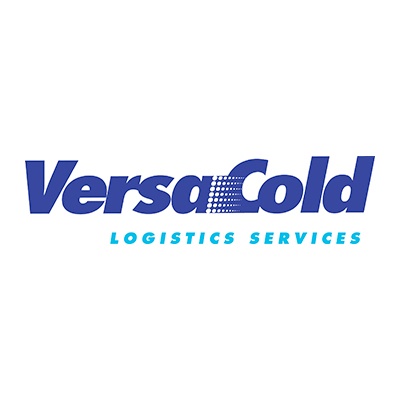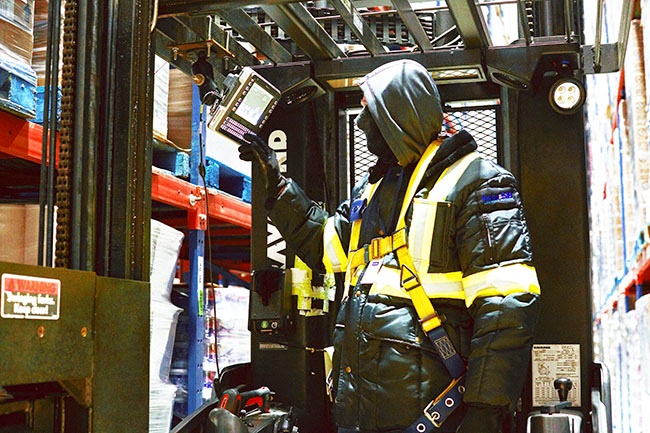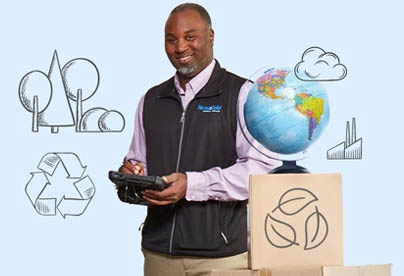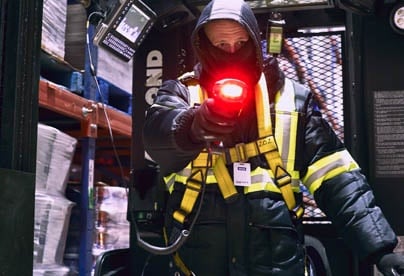At VersaCold, safety is our top priority. In our place of work, on the road and in our homes, “safety first” is embedded into our performance-driven culture and reflected in everything we do. As part of our commitment to safety, we will be sharing some of our safety tips with you to pass on tried and tested ways to help make your workplace and home life safer.
---
It shouldn’t be surprising to anyone that slips and falls are a leading cause of injuries in all industries, including ours. A slip or fall can happen unexpectedly due to the slightest loss of traction or an uneven surface going unnoticed. The potential for accidents to occur is only made worse during the winter.
However, given that our core business is working with temperature-sensitive products, warehouses and docks can experience slippery conditions all year round. These conditions require our employees to be extra vigilant and lead us to adapt our own set of safety procedures to guard against workplace accidents.
Quick Tips
Tip #1:
Practice good housekeeping. Ensure that all hallways, floors, and offices are free of debris and clutter.
Tip #2:
Clear debris from floors and keep paths clear of garbage, cords, and clutter that might go unnoticed in a busy workplace.
To help combat this potential hazard in your place of work, we suggest following these tried and tested best practices to help keep safe.
Effective housekeeping practices are essential
When it comes to protecting against slips and falls in the workplace, practicing good housekeeping is the most important step you can take to maintain safe working conditions. In order to be effective, good housekeeping needs to be a routine that is performed by employees as part of their day and not an additional effort that feels outside their ongoing procedures. It is also important to plan ahead, determine what needs to be done and by whom. Having a clear picture of what the workspace should look like and making people accountable for daily procedures is your most effective tool in maintaining good housekeeping.
Some good housekeeping practices to consider:
- Keep all workplaces clean, dry, orderly and in sanitary condition.
- Ensure that dry mats and platforms are secure are in place for wet processes.
- Always address spills immediately by cleaning them up as soon as they occur, marking the area with signs and investigating to prevent reoccurrence.
- Clear debris from floors and keep paths clear of garbage, cords, and clutter that might go unnoticed in a busy workplace.
Maintain the quality of flooring and reduce slippery surfaces
No matter what type of product you work with or service you offer, there is always the potential for wet and slippery surfaces to create safety hazards within a facility. With the weather becoming much colder and wetter at this time of year, it becomes even more critical to maintain the quality of flooring and other walking surfaces.
Best practices to reduce wet and slippery surfaces include:
- Frequently monitor high traffic areas, such as parking lots, stairs, and walkways, for any potential risks and ensure you have a process in place to deal with these hazards as they occur.
- Keep parking lots and other outdoor walking areas clean of debris and in good repair to help prevent accidents and avoid tracking excess moisture onto indoor surfaces.
- Use adhesive striping materials, anti-skid paint and moisture-absorbent mats wherever possible.
Ensure quality lighting and keep aisles clear of obstacles
Proper lighting is necessary for success in almost any task, and it’s even more important when operating within a warehouse. When trying to avoid slips and falls, make sure that all walkways, ramps, hallways and other areas that might see traffic throughout the day are well lit and that any lighting not working properly is repaired immediately. If for some reason poor lighting in an area cannot be improved, ensure that proper housekeeping processes are in place to keep it clutter free. Also, whenever possible, avoid stringing cords or cables across aisles or hallways, particularly when they might be difficult to see in the dark.
Proper footwear hould be worn at all times
When selecting footwear for working within a facility, it’s important to match the footwear correctly with the work environment. An individual should make footwear decisions based on many factors that depend on the environment. These factors can include:
- The materials the person will be handling or using while operating within the facility
- The risk of falling objects landing on the foot
- The possibility of heavy equipment rolling over feet
- The potential for sharp objects to pierce or cut the shoe.
While boots with anti-slip properties do not exist for EVERY possible workplace condition, it’s important to consult the manufacturer to see what footwear fits your needs.
----
By adhering to these best practices you and your co-workers can do your part to help make your workplace safer. Do you have any other safety tips for avoiding slips and falls in the workplace? Share them below and let us know if we missed anything. For more safety tips, check out three easy steps to avoid workplace injury while lifting heavy objects or four helpful safety tips for operating within a truck yard.
Contact one of our Sales Specialists today and let us show you why we are the right choice for your business. sales@versacold.com or 1-800-563-COLD











